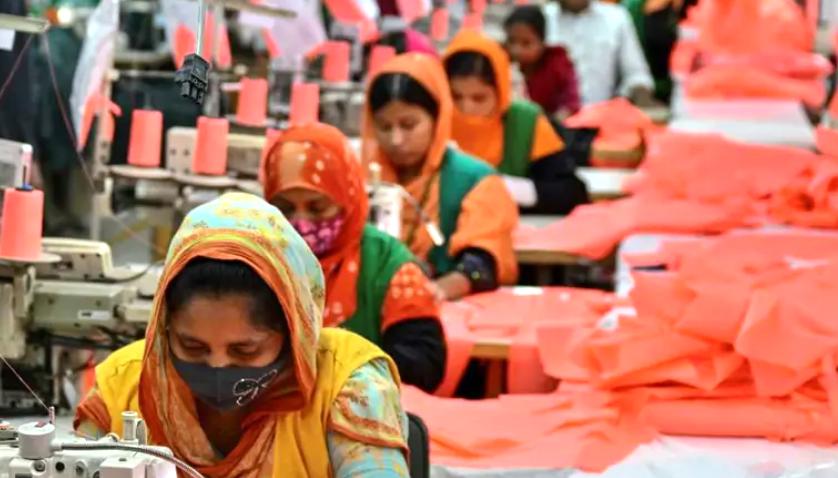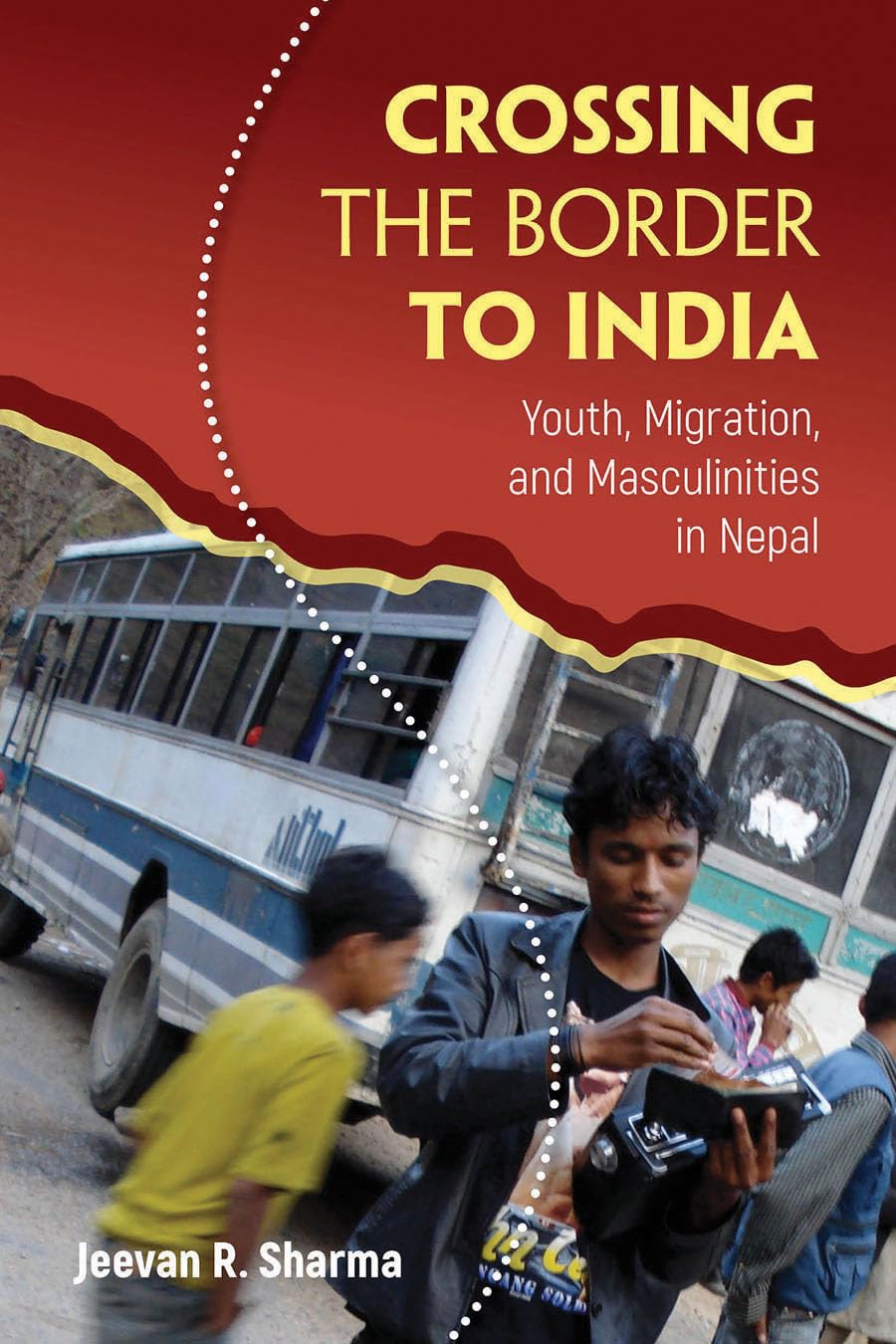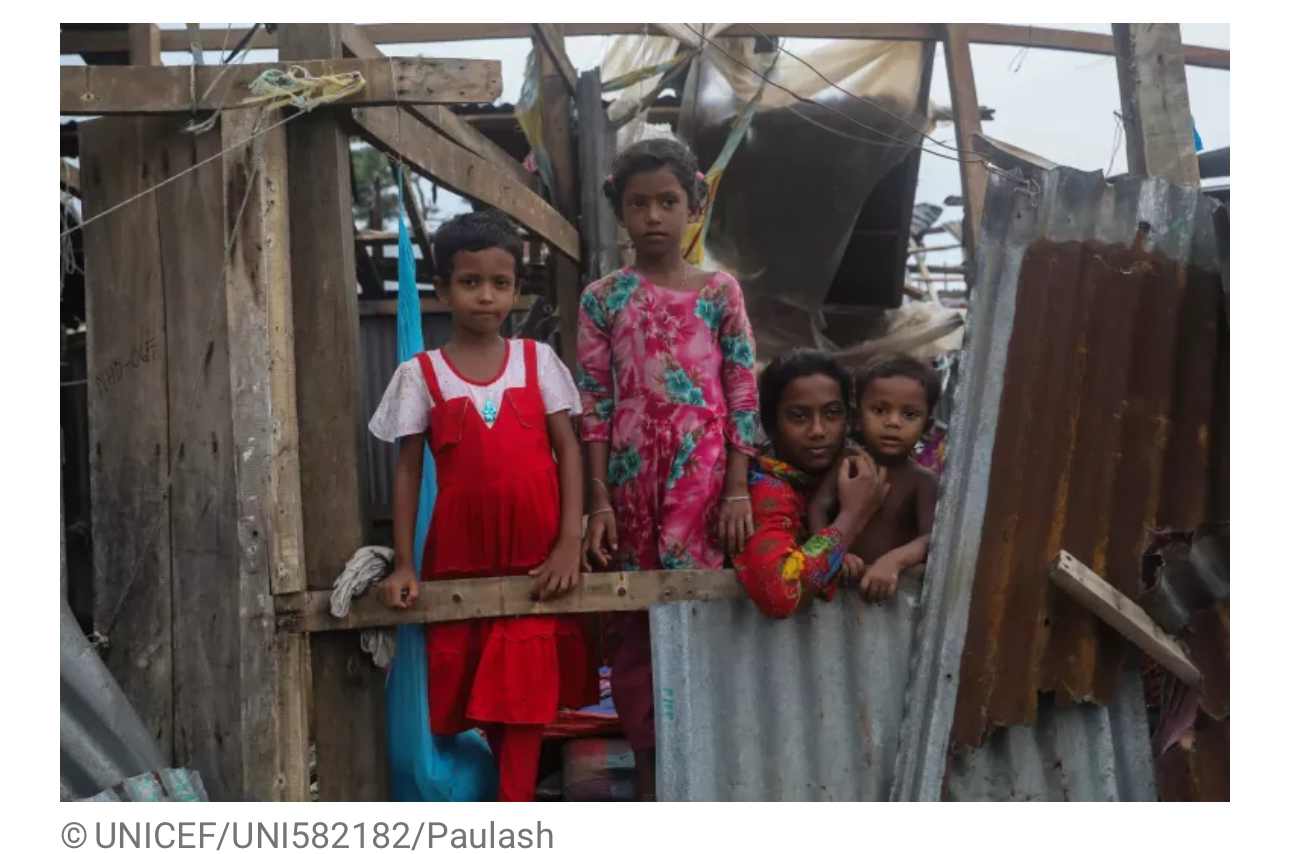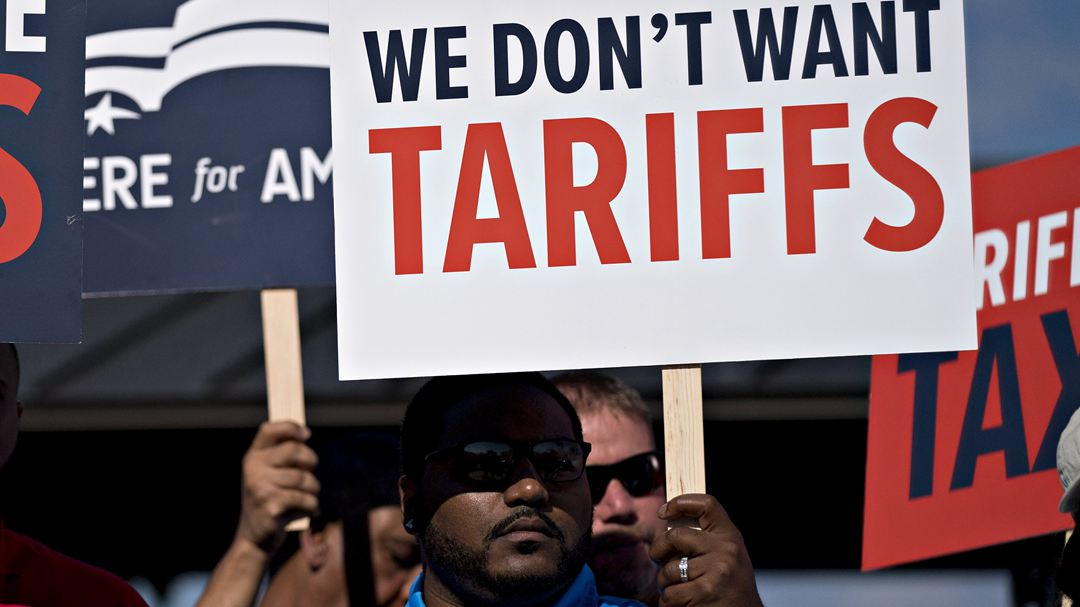Recovery in East and South Asia gathers pace, but subject to rising downside risks: UN report

Bangkok — The recovery in East and South Asia remains moderately robust, according to the United Nations World Economic Situation and Prospects (WESP) 2022, which was launched today.
The report notes that the global economic recovery is facing significant headwinds amid new waves of COVID-19 infections, persistent labour market challenges, lingering supplychain challenges and rising inflationary pressures. After expanding by 5.5 per cent in 2021, the global output is projected to grow by only 4.0 per cent in 2022 and 3.5 per cent in 2023.
“Without a coordinated and sustained global approach to contain COVID-19 that includes universal access to vaccines, the pandemic will continue to pose the greatest risk to an inclusive and sustainable recovery of the world economy,” noted Liu Zhenmin, Under-Secretary-General of the United Nations Department of Economic and Social Affairs.
Growth prospects in East and South Asia
The headline GDP growth in East Asia is estimated at 6.7 per cent in 2021 and projected at 4.9 per cent in 2022. East Asian economies have rebounded from the worst of the pandemic, supported by strong policy stimulus and external demand. However, the growth is projected to moderate, as a slow recovery of labour markets weigh on consumption and exports growth slows down. Subdued inflation and still low public debt levels offer room for policymakers to continue accommodative monetary and fiscal policies.
China’s economy is projected to expand by 5.2 per cent in 2022, following an estimated expansion of 7.8 per cent in 2021. Rapid recovery in the first half of 2021 has lost momentum amid new waves of COVID-19 infections and policy-induced cooling of the property market. China’s transition towards consumption-driven development and a low carbon economy is expected to lead to slower but more sustainable growth, the Report noted.
The recovery sustains its momentum in South Asia, amid contained COVID-19 infections, robust remittance inflows, and broadly supportive policy stances. After an estimated expansion of 7.4 per cent in 2021, regional GDP is projected to expand at a more moderate pace of 5.9 per cent in 2022. The recovery, however, is still fragile and uneven. A sustained recovery in economic activity and employment moving forward may prove challenging, as monetary and fiscal policy space become more constrained.
In India, the recovery is on a solid path, amid rapid vaccination progress, less stringent social restrictions, and still supportive fiscal and monetary stances. GDP is projected to expand by 6.7 per cent in 2022, after an expansion of 9.0 per cent in 2021. The growth outlook in Pakistan remains moderately robust. After an economic expansion of 4.5 per cent in 2021, GDP growth is projected at 3.9 per cent in 2022, driven by private consumption, record-high remittances, and fiscal support.
Downside risks
Global growth prospects face major risks. New waves of infections and the emergence of new variants of the COVID-19 virus threaten the recovery. The lingering pandemic entails other risks including prolonged supply-chain disruptions and rising inflation. A faster-than-anticipated tightening of global financial conditions could also raise concerns on financial stability, including risk of debt distress.
East and South Asian economies are also vulnerable to the uncertainties and risks imposed by the pandemic, especially those countries with low vaccination rates. In addition, accelerated global monetary tightening could increase volatility, trigger capital outflows and disrupt credit growth, especially in countries with elevated debt and large financing needs. In East Asia, a possible sharper-than-expected slowdown in China and the unresolved trade tensions between China and the United States could also constrain economic recovery.


















Facebook Comments